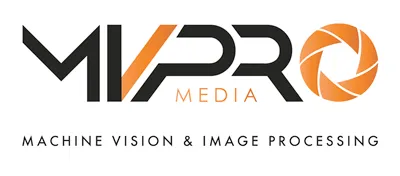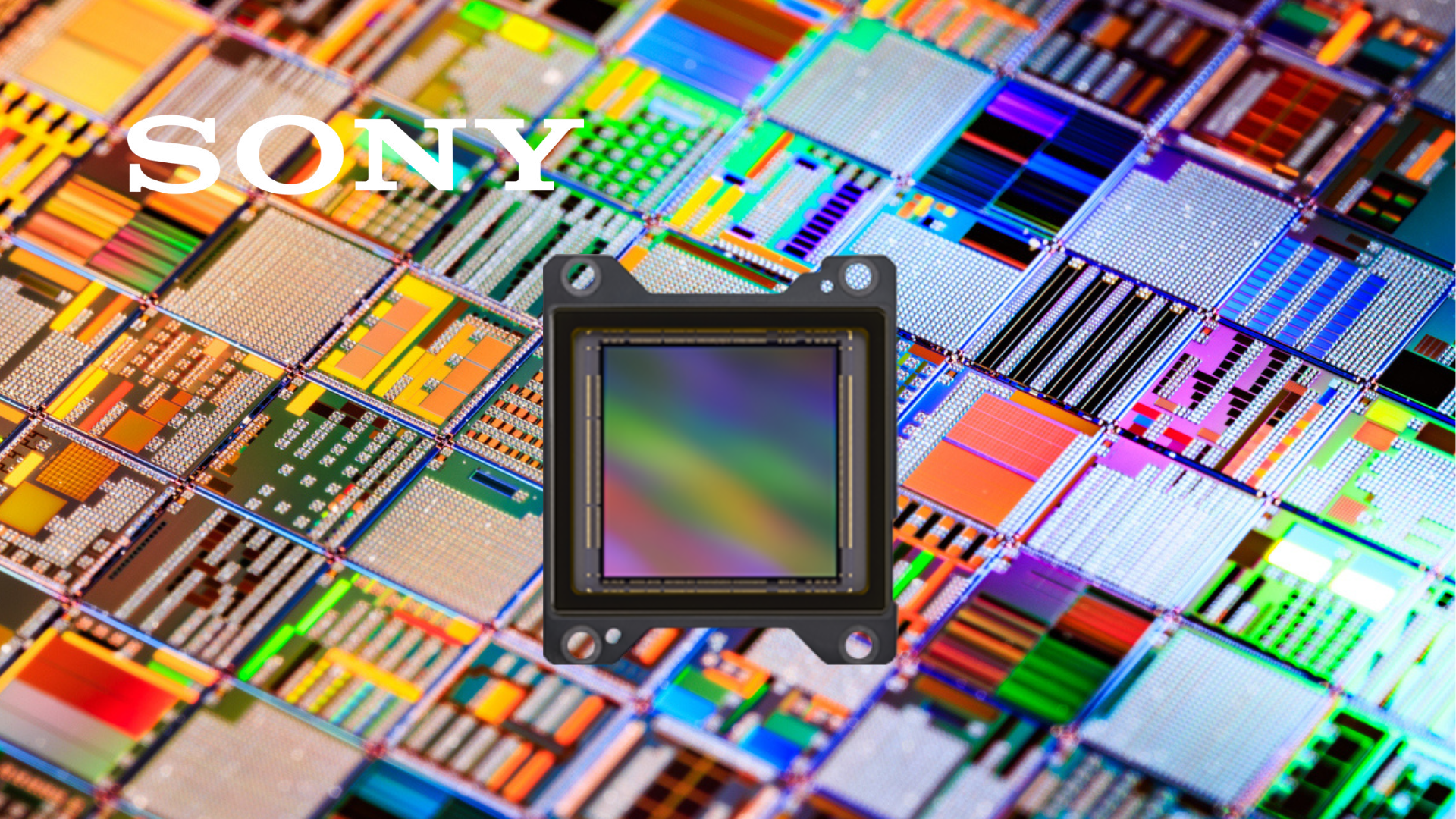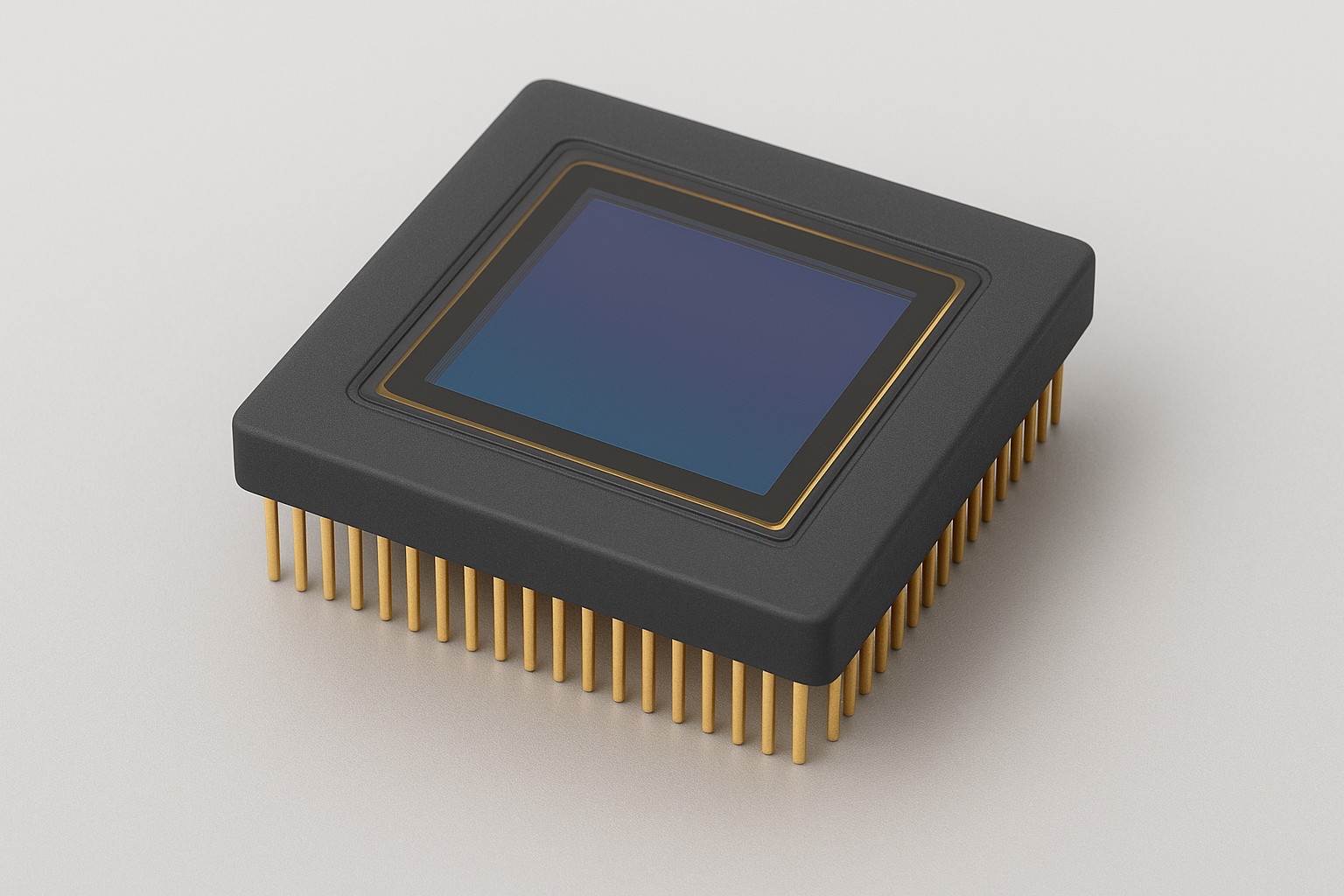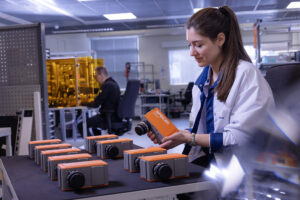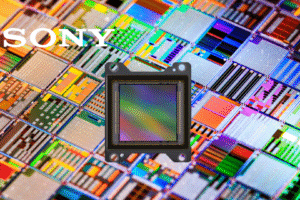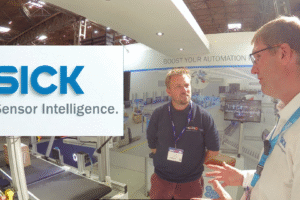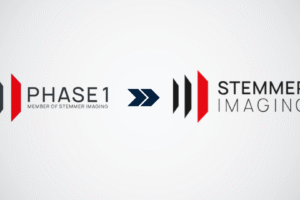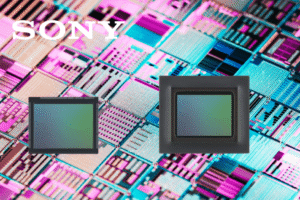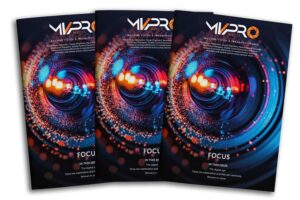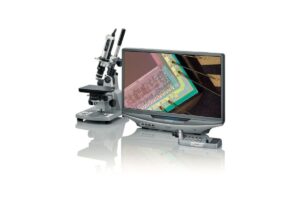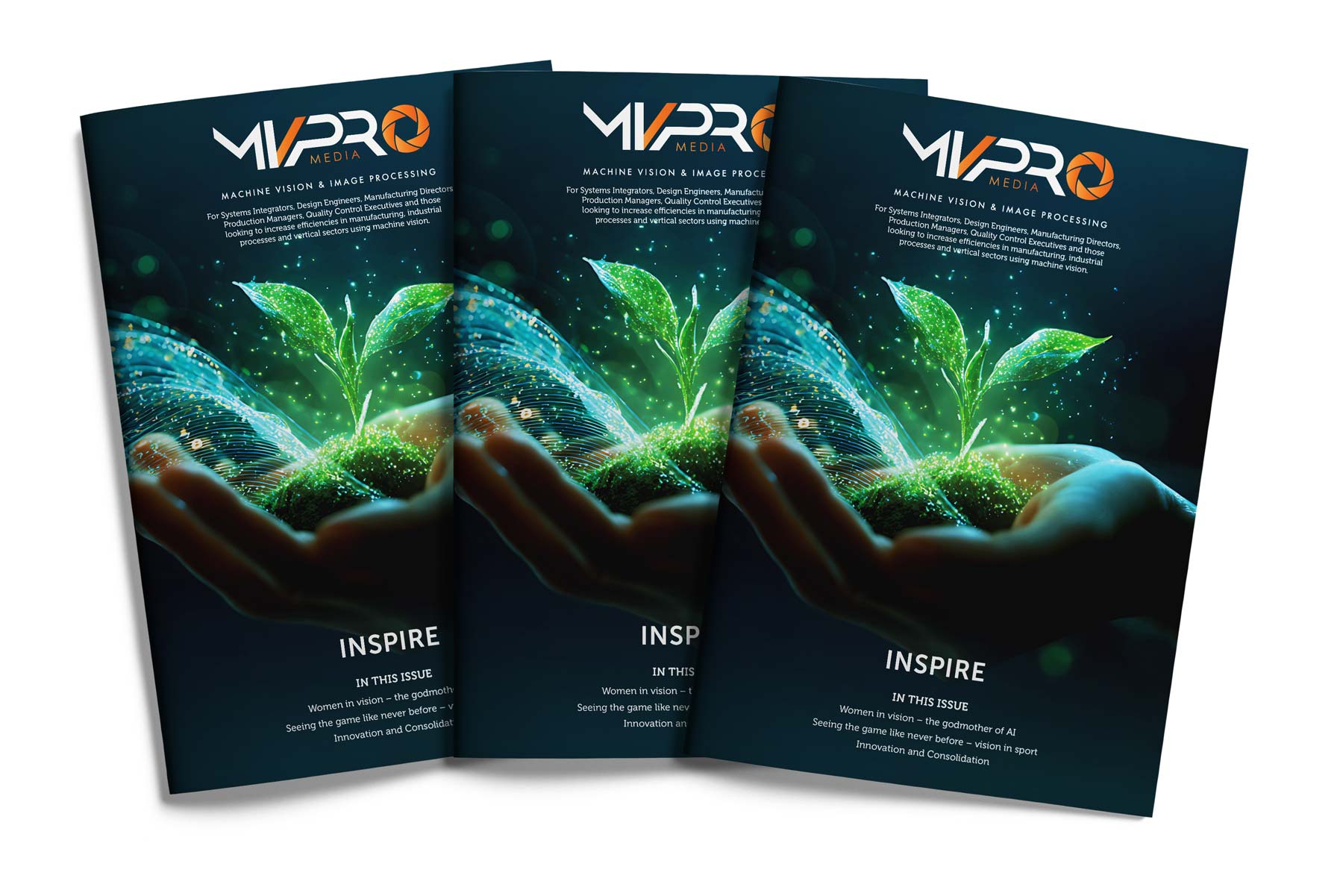Rapid technical advances in semiconductors are driving an explosion of growth for the machine vision sector.
The advent of short-wave infrared (SWIR) sensing and imaging technology has contributed to exciting new capabilities for machine vision businesses. Infrared capability has improved camera performance, offering enhanced image quality and depth sensing. Applications that once seemed something out of science fiction are now seen in practice in factories worldwide, and as the world becomes more reliant on robotics and automation, systems for capturing infrared light will become more essential for day-to-day life.
Fuelled in part by SWIR functionality, experts predict that the machine vision market will reach a value of US $360 million by 2027, up from $91 million in 2021.1 However, for growth of this scale to materialise, the technology that machine vision specialists rely on must evolve. As demand for SWIR capability increases, industry players will need to explore more accessible imaging technologies that can match the performance of incumbent indium-gallium-arsenide (InGaAs) sensors if they are to position themselves for maximum benefit.
InGaAs technology
From sorting plastic and food to inspecting solar panels, the ability of SWIR cameras to ‘see’ beyond the visible has revolutionised what is possible in machine vision. Encompassing wavelengths from around 1,000nm-2,600nm, SWIR light facilitates applications that are difficult or impossible using visible wavelengths. As a result, InGaAs sensors have granted machine vision businesses access to a host of otherwise inaccessible data.
Because infrared reflectance and absorption vary at different wavelengths from one material to another, SWIR detectors can be used to single out substances among other materials that may otherwise look similar under visible light. This functionality greatly enhances plastic sorting, or the ability of cameras to detect contaminants in food. Wavelengths of 1,450nm are also absorbed by water, meaning SWIR sensors can detect hidden moisture in food to detect for hidden spoilage. Additionally, silicon becomes permeable to light at wavelengths greater than 1,050nm, enabling SWIR cameras to identify tiny defects in semiconductors without the need for intrusive technologies.
These are just a snapshot of the applications that SWIR has made possible for the machine vision sector. However, the proliferation of this technology has so far been restricted by the high cost of the most mature solution on the market. InGaAs sensors are not cheap to produce; individual units often cost up to US $10,000, with the price inflated by the high rate of defects experienced in batch production.
To make an InGaAs sensor, the material must be epitaxially grown onto indium phosphide (InP) wafers, which are diced into chips before pixels are indium bonded with silicon readout circuits. This process is known as ‘flip chip hybridisation’ and is both complex and expensive to run. What’s more, it results in limited pixel pitch and resolution as well as generally low product yield, and the fragility of InP materials means it is difficult to scale to larger wafer sizes. Heavy duty cooling systems are required to achieve the desired image quality, further increasing the size and cost of the final product.
InGaAs sensors are also inherently limited to accessing wavelengths of around 1,700nm, cutting users off from the potential applications unlocked by higher SWIR wavelengths. Although InGaAs technology can be extended up to 2,600nm by increasing the indium content, this also results in poorer performance and 4-5 times higher cost.
As a result, InGaAs sensors are limited in accessibility to those companies that can justify the expensive investment. Bringing down the cost of SWIR sensing technology would enable more machine vision businesses to benefit from high performance imaging and sensing.
The solution to this is provided by quantum dots (QDs).
Alternative materials
QDs are semiconducting nanocrystals capable of absorbing and emitting light across visible, near infrared (NIR), and SWIR wavelengths. By directly controlling the size of lead sulphide-based (PbS) QDs during synthesis, producers can tailor their semiconductor band gap, resulting in larger or smaller materials that are sensitive to longer or shorter, higher energy wavelengths respectively. With reported photon conversion efficiencies over 80% granting outstanding SWIR sensitivity, and the ability to convert infrared light from the sun into energy, these semiconductor materials can revolutionise everything from machine vision to solar cells.
Already commonly used for display purposes due to their ability to emit visible light, QDs are disrupting the global machine vision market by providing access to higher quantities of more accurate data. According to Yole Group, the market forecast expert for the semiconductor industry, QDs are rapidly emerging to challenge the prominence of InGaAs for machine vision applications. As major industry players become more interested in utilising SWIR wavelengths, the benefits of QD-powered SWIR sensors as a complement to InGaAs systems will become increasingly clear to see.
QDs overcome the high expense of InGaAs systems due to their cost effectiveness. Often costing just a fraction of InGaAs to produce, these nanoscale semiconducting materials provide an alternative that makes SWIR imagers and sensors more accessible to the machine vision market. What’s more, with the importance of middle-wave infrared (MWIR) to machine vision applications, QDs sensitive to these wavelengths could soon bring down the cost of MWIR sensors.
This low price point is possible due to the pioneering work of QD developers like Quantum Science in creating highly scalable production processes.
Historically, QD synthesis has relied on multiple depositions of QDs in 14-16 layers, with each step requiring individual chemical treatments and washes. This method is time-consuming and is prone to defects in the films, such as cracking and inefficient exchange process, limiting the ability to produce QDs at sufficient scale and quality to meet industry demand.
In contrast, the production process developed by Quantum Science enables QD crystals to be deposited in a single layer, eliminating the need for repeated chemical processing as well as minimising the risk of defect occurrence. This reduces time and waste and results in vastly higher QD yield, enabling the mass production of high-performance optoelectronic devices at sufficient scale to meet the growing market demand.
QDs are unlikely to completely replace InGaAs as a SWIR sensing solution in the near term. However, this emerging technology is well suited to act as a complement for machine vision purposes by reducing the barrier to entry and enabling more businesses to benefit. Low-cost SWIR functionality will be key to making powerful machine vision applications for affordable and accessible – as well as facilitating rapid evolutions in what this technology can do.
